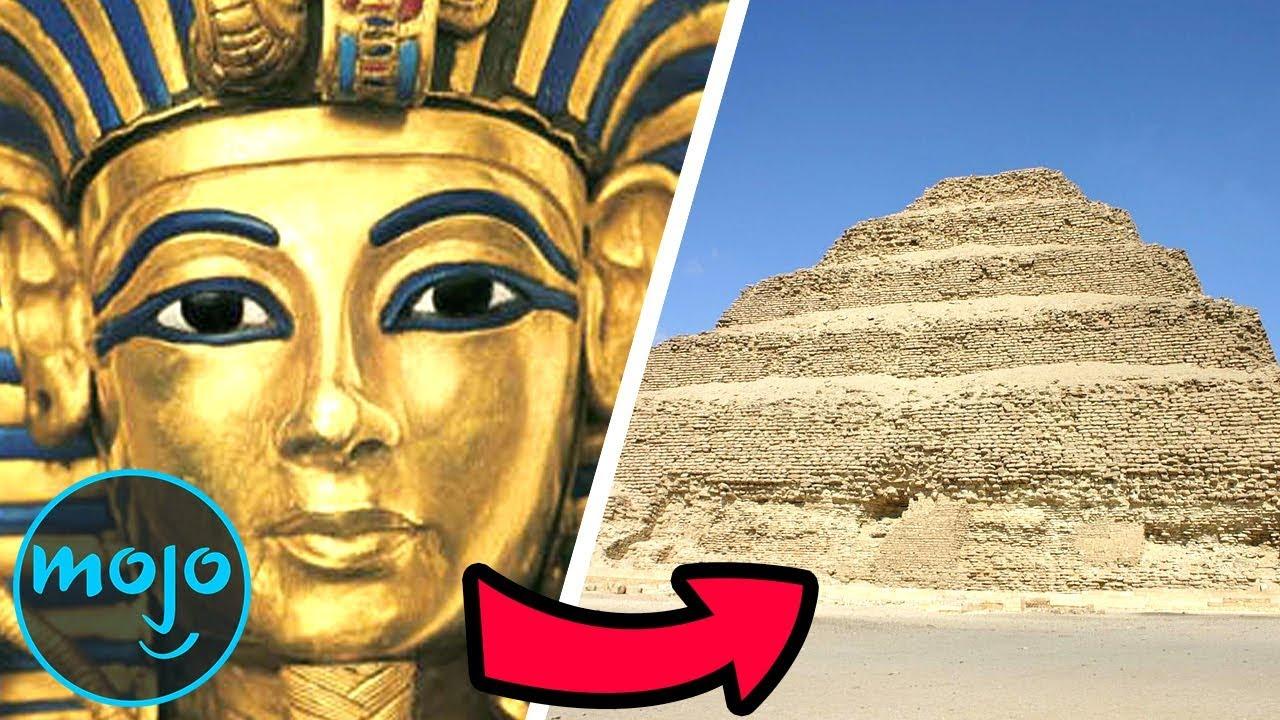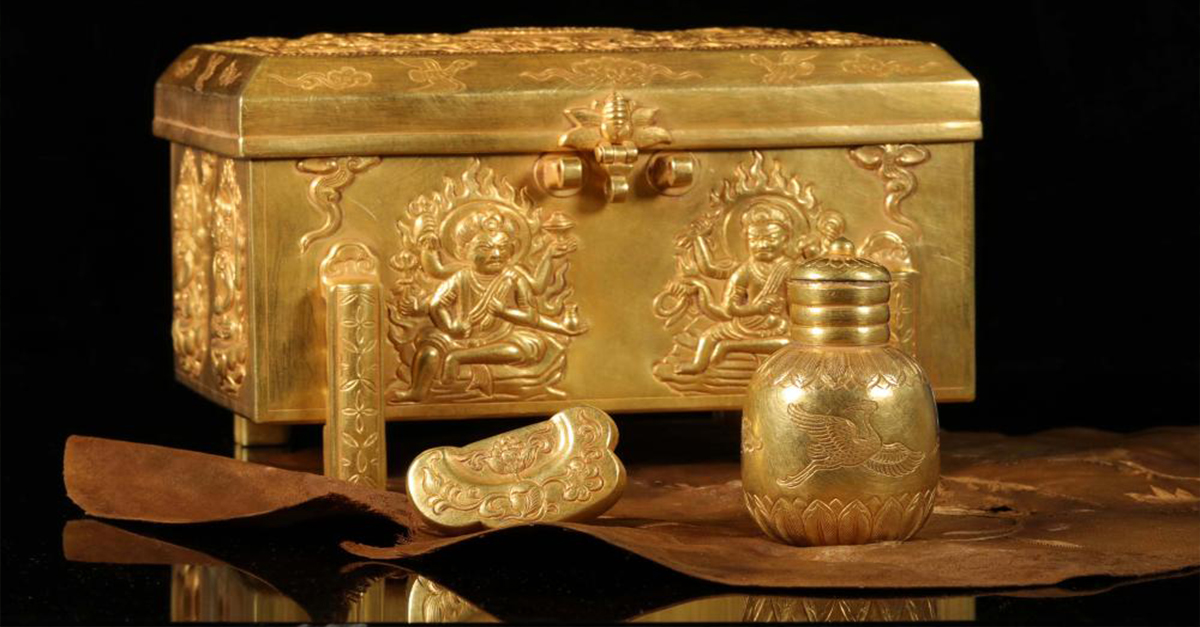
Unlocking Secrets of Ancient Warfare: Archaeological Revelation at Tollan Site
In the hallowed grounds of the Tollan site, a chilling discovery unfolded as archaeologists unearthed a skull bearing the scars of a bronze arrowhead. Spearheaded by German archaeologist Thomas Terberger and his team, the excavation in the Tollense Valley has unveiled what is now confirmed as a genuine battlefield.
Terberger, from the Lower Saxony State Office for Cultural Heritage, expressed confidence in the authenticity of their findings, noting that the human remains were likely preserved in the positions in which they met their fate. The Tollense site offers a haunting glimpse into the grim reality of ancient warfare.
As researchers delve deeper into the excavation, they recognize that the unearthed relics represent only a fraction of the true scale of the carnage. Terberger speculates that the victorious side may have plundered weapons from fallen foes and recovered their fallen comrades for a more respectful burial, obscuring the full extent of the battle’s brutality. Preliminary estimates suggest that over 2,000 individuals might have participated in this historic clash.
Far surpassing a local conflict, Terberger emphasizes that this discovery points to a major battle of regional significance, dismissing the notion of a mere skirmish between neighbors. The Tollense site stands as a testament to the epic scale of ancient battles, offering a window into a tumultuous chapter of history that transcends the boundaries of time.

To get a clearer idea of who fought in the battle, Terberger and his colleagues decided to do chemical analysis of the skeletons. The researchers looked for elements such as strontium, a naturally occurring mineral in food that can leave a geographically specific imprint on a person’s bones. (For example, someone who spent most of their life in Scandinavia will have a different strontium signature than someone from Spain.)
The results of the study, which were published in August in the journal Archaeological and Anthropological Sciences, showed that there was a large and diverse group of non-local people involved in the battle. Unfortunately, strontium analyzes are not accurate enough that archaeologists “can point to a map and say, ‘They came from there,’” Terberger said.
The results at least suggest that many of these non-locals came from the south, perhaps southern Germany and central Europe. This interpretation agrees with some of the archaeological findings; Central European-style arrowheads and pins have been found on the battlefield and nowhere else in northern Germany, Terberger said.

At least in their chemical profile, the warriors also closely resembled the murdered soldiers found in a nearby mass grave at Wittstock. That grave is much younger; It was filled in 1636 during the brutal Thirty Years’ War. But it could have some relevant parallels with the Bronze Age, Terberger and his colleagues argued.
From historical accounts, archaeologists know that there were mercenary soldiers from all over Europe fighting at Wittstock. If the combatants at the Battle of Tollense also had multiethnic origins, Terberger said, it could mean that “they were warriors who were trained as warriors.” In other words, they were professionals, not just villagers defending their farms in a local dispute.
Archaeologists are still searching for answers to the mystery at the heart of the battle: Why was it fought? Terberger said he and his team will look for more clues in the bigger picture. The Tollense River was important for north-south trade, and there is a “surprising” concentration of valuable artifacts, such as gold rings and jewelry, found in the valley, he said. Furthermore, the battle took place in a narrow area of the river where there was a wooden path dating back to 1900 BC. C. and that it was possibly a bridge that connected the two banks of the river.
“This was probably a major crossing in the landscape,” Terberger said.
This time, the year 1300 BC. C., was also marked by a cultural upheaval in Central Europe, when new ideologies arrived from the Mediterranean with the beginning of the Urnfield culture (named for the way in which the dead were cremated and buried in urns). “It is no coincidence that the site of our battlefield dates back to this time period,” Terberger said.
Original article in Live Science.
Stay up to date on the latest science news by subscribing to our Essentials newsletter.
Megan has written for Live Science and Space.com since 2012. Her interests range from archeology to space exploration, and she has a bachelor’s degree in English and art history from New York University. Megan spent two years as a reporter on NewsCore’s national desk. He’s watched dinosaur auctions, witnessed rocket launches, licked ancient pottery sherds in Cyprus, and flown in zero gravity. Follow her on Twitter and Google+.





